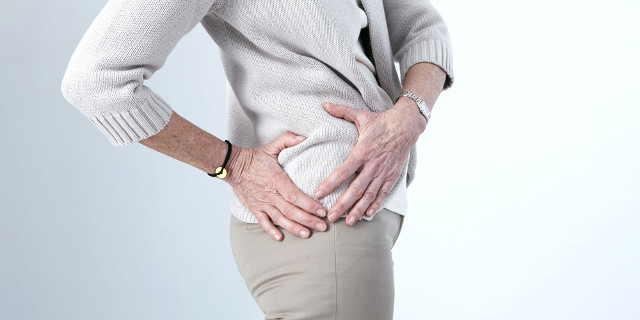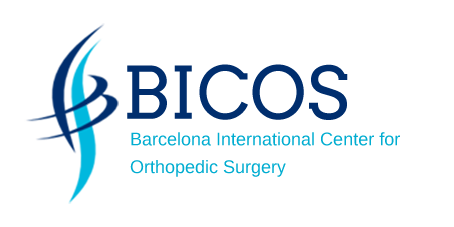Introduction to Hip Arthrosis

The hip (joint between the pelvis and the thigh bone) can suffer from arthritis, which consists of progressive wear and tear on the joint that occurs over the years. The hip joint is lined with a thin layer of articular cartilage (cushion between the two bones) that allows the surfaces of the joint to slide between them easily and without pain. Sometimes the cartilage can wear down and even disappear, causing pain. The most common cause of this phenomenon is “osteoarthritis”. The initial symptoms are mild and may consist of discomfort in the groin, gluteal area or thigh, accompanied by stiffness that typically occurs early in the morning. This pain worsens with activities and is relieved with rest.
Due to the natural progression of the disease, if left untreated, pain can be disabling. Severe pain is accompanied by limited mobility and inflammation. On radiographs, bone spurs (osteophytes) can be seen at the margins of the joint. When the cartilage completely disappears, there is a rub between both hip bones that causes intense pain with movement. To avoid pain, the patient reduces his movements, which causes progressive weakening of the muscles and the consequent limp.
Hip arthritis appears more frequently in elderly, obese people or those who have had a previous cartilage injury that accelerates wear and tear. People with rheumatic diseases are predisposed to suffer from hip arthritis. There is also a certain family predisposition, but it can develop in people without risk factors.
Treatment options:
-
-
- Although the effects of arthritis cannot be reversed, early non-surgical treatment can alleviate some of the pain and disability.Avoid overloading the hip. Don't do impact activities like running or jumping.
Do light exercises such as swimming, aqua gym, walking on flat ground, or riding a bike. These exercises can maintain hip function, improve strength and range of motion.
Use non-steroidal anti-inflammatory drugs (aspirin, naproxen, ibuprofen, etc.) to relieve pain (except if their use is contraindicated due to allergy, history of intolerance, gastritis, reflux or if you use anticoagulants such as coumarin or warfarin)
Obese patients must lose weight
It may be necessary to use a cane to walk more comfortably.
Surgery can help in the advanced stages of the disease when non-surgical treatment fails and pain compromises the patient's quality of life. The most common surgery is the implantation of a total hip replacement that consists of two pieces: one shaped like a “cup” fixed to your pelvis; and another in the shape of a "head", fixed to the thigh bone. The goal of surgery is to relieve pain and improve the ability to walk. Initially the patient would need the use of crutches or a walker. Rehabilitation is important to regain hip mobility and muscle tone.
- Although the effects of arthritis cannot be reversed, early non-surgical treatment can alleviate some of the pain and disability.Avoid overloading the hip. Don't do impact activities like running or jumping.
-
Dr. Aamer Malik Khan - Cirugía Ortopédica y Traumatología - Fellowship en Cirugía Protésica y Reconstructiva del Adulto (EE.UU)



